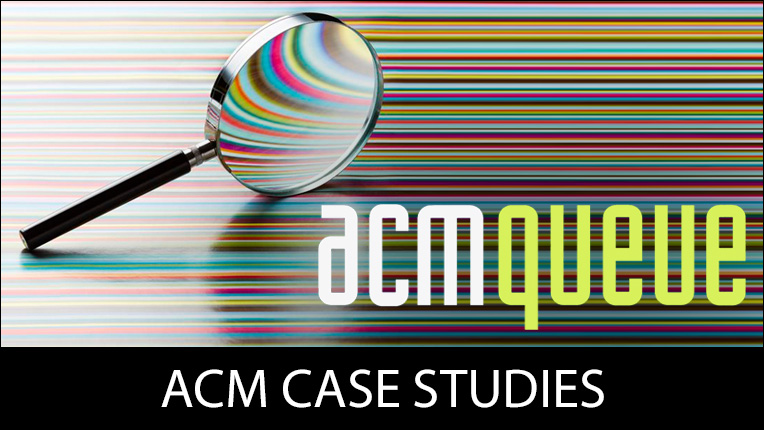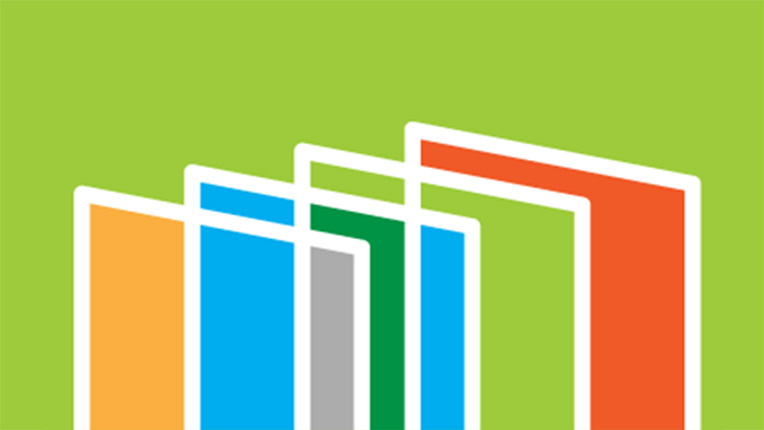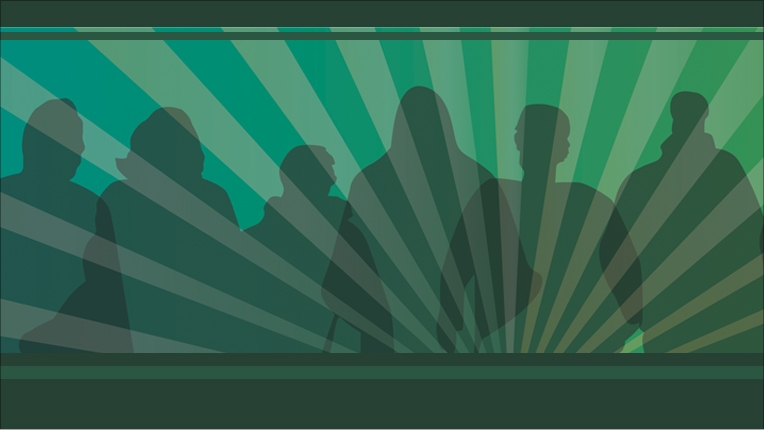Postage
Beginning in 1994, headquarters will be running the SIG mailing lists through Group 1 software. This will eliminate bad addresses, provide Zip+4, and save paper by allowing output to magnetic media. It also will analyze our domestic mail to take advantage of postal discounts based on presorting and bar coding.
Nonprofit postage increases are going into effect as of November 1993 for 2nd, 3rd and 4th class mail. The 2nd class increase will be 2% annually. The 3rd & 4th class increase will be 2-3% annually.
Third Class Mail:
Third class mail is for printed matter weighing less than a pound. Third class publications weighing 1lb or more (200 pages +) must mail fourth class. Third class postage is charged a per piece rate and a per pound rate. Third class mail panels require an indicia and a return address.
Fourth Class Mail:
Fourth class mail is zone rated. The rates are computed based on thedistance of the zone from where the publication is mailed, which for ACM publications is Easton, Maryland. Mail is handled by the U. S. Post Office in order of class. Fourth class mail is handled by the Post Office after 1st, 2nd and 3rd class mail. Therefore, delivery times are very unpredictable.
Second Class Mail:
Second class mail is a special class with lower rates than third class and faster service. It is intended specifically for disseminating information. Periodical publications (such as a SIG newsletter) must be issued with a regular frequency of at least 4 times a year and must follow a consistent schedule in order to qualify for this status. There are also many rules that must be adhered to. This class must be applied for and fees are charged.
After submission of an application and fees for second class mail, a newsletter is classified as "pending" until all eligibility requirements are met and approved. During this time, the SIG is charged an estimate of third class postage but the newsletter is mailed second class (receiving a quicker delivery time). Upon approval, the SIG is reimbursed the difference between the estimated third class postage and the actual second class postage for all newsletters which were sent during the pending period.
Postage for all second-class mail includes a pound-rate charge and a piece-rate charge. There is no weight limit to be able to mail second class domestically. Internationally, the limit is 4 lbs (400 pages). Over this weight puts it into a Parcel Post category.
Second-class mail does not require an indicia or a return address on it's mailing panel. However, it must carry a second-class postage statement within it's first, five pages.
Currently, there are eleven SIG newsletters that have been approved for second class. These are:
- SIGACT News
- ACM Ada Letters
- Computer Architecture News
- SIGART Bulletin
- SIGCHI Bulletin
- Computer Communication Review
- SIGCSE Bulletin
- SIGMOD Record
- Operating Systems Review
- ACM SIGPLAN Notices
- Software Engineering Notes
Second class mail is an excellent way to save money and increase the timeliness of the newsletters. If you are interested in receiving second class status, please contact your program director at ACM to determine if you will meet eligibility.
SIG Editors Manual
Updated November 1993
ACM Case Studies
Written by leading domain experts for software engineers, ACM Case Studies provide an in-depth look at how software teams overcome specific challenges by implementing new technologies, adopting new practices, or a combination of both. Often through first-hand accounts, these pieces explore what the challenges were, the tools and techniques that were used to combat them, and the solution that was achieved.

Lifelong Learning
ACM offers lifelong learning resources including online books and courses from Skillsoft, TechTalks on the hottest topics in computing and IT, and more.

